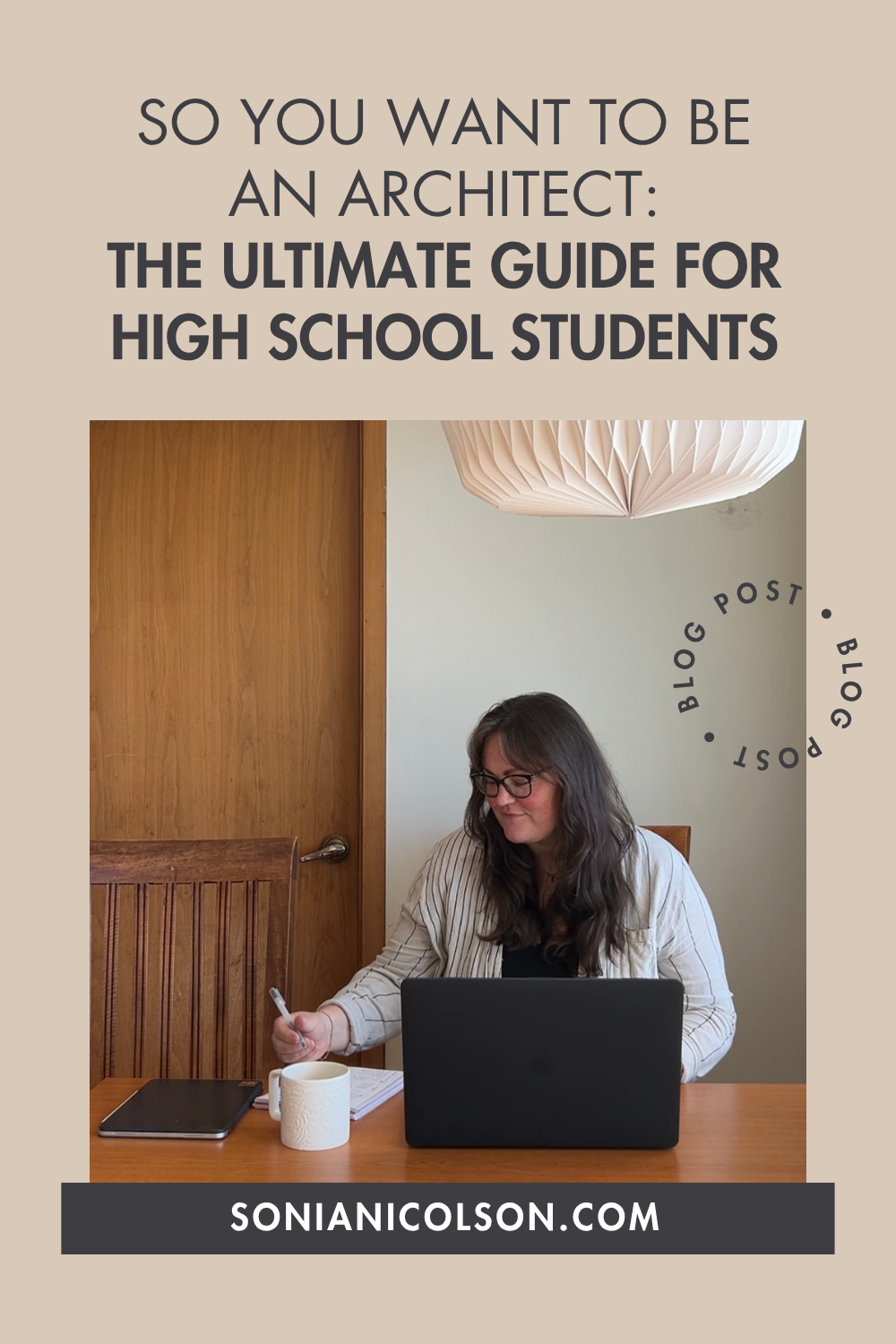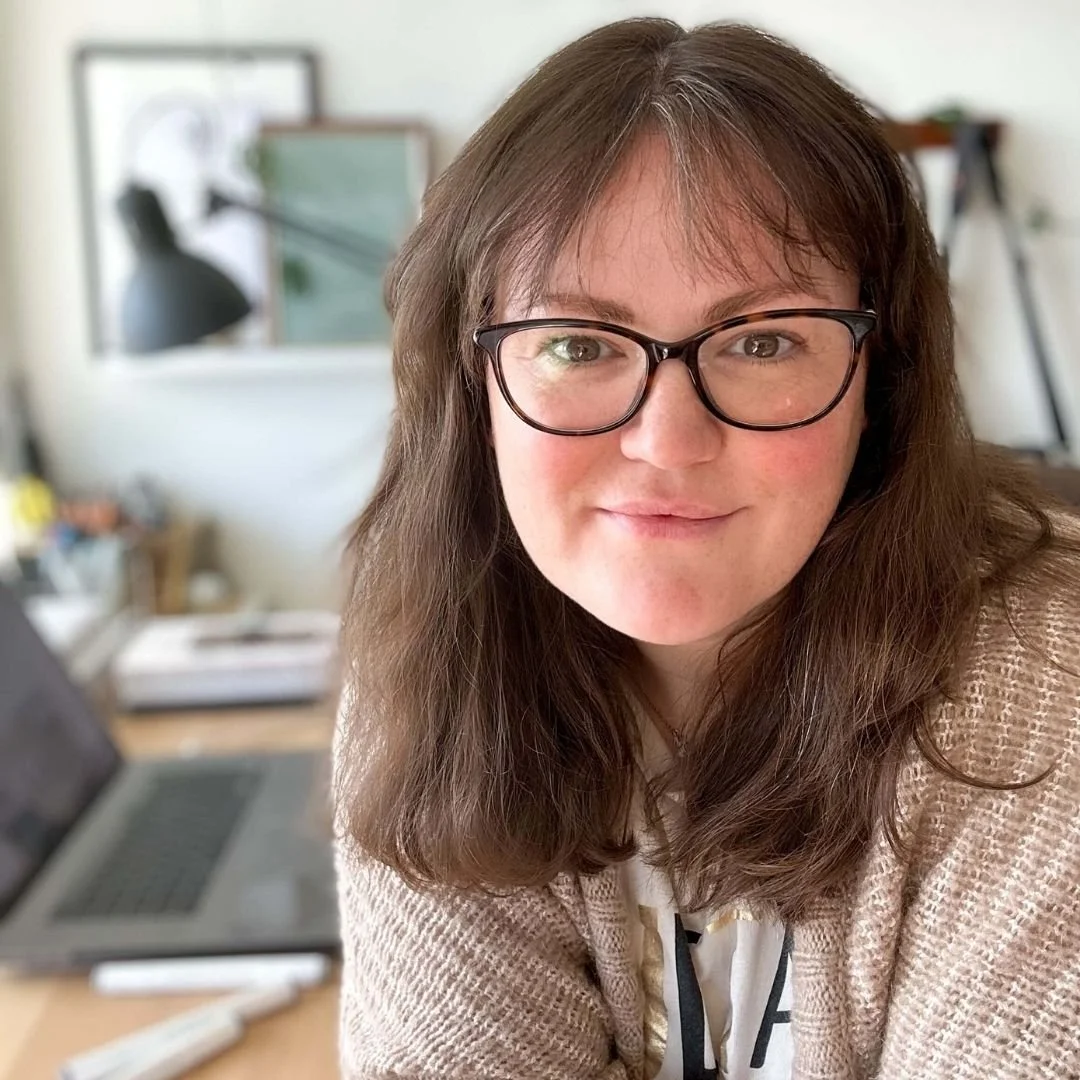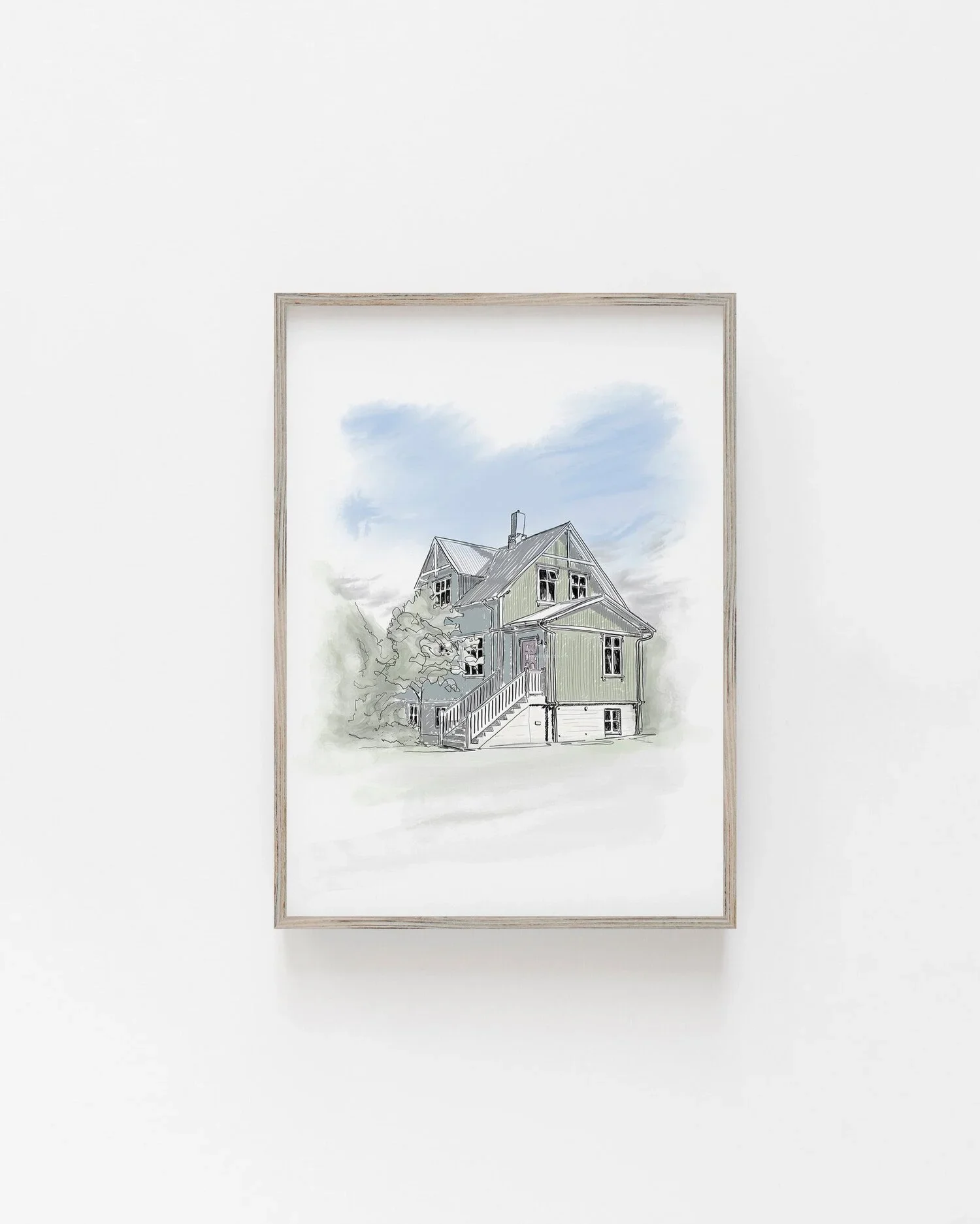Here are five compelling reasons why diving into the world of design might be your perfect fit:
1/ Do what you love
I love design, it’s that simple. It’s who I am, it’s what I think about. I see, analyze and critic it all the time. I surrounded myself with things that inspired me, and I found new ideas and projects everywhere.
2/ Think outside the box
I get to express my creativity in my work and what I do. I work with other like-minded, creative people. We collaborate, we problem-solve, we encourage and push each other, but most importantly, we think outside the box.
3/ Never stop learning
I am constantly learning. I design, redesign, test, redesign…It’s not easy, and it’s never 9-5 but I design things that are made, or built, and will hopefully be there for a very long time.
4/ Designing for the world around us, the spaces we live and work in
My job involves a lot of critical thinking and an understanding of psychology. I design for the end-user so it’s not about colour or fluffy decor but I design out spaces; homes and workplaces. It directly affects people’s daily lives.
5/ Give back with a passion for Design
I’m an Architect but I teach too so I get to give back. I’m truly passionate about what I do and love working with students and young designers in their studies and projects.




























